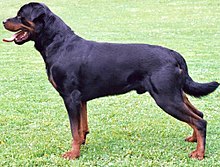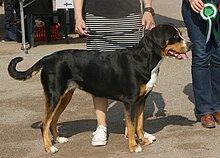
The Saint Bernard is a majestic and gentle giant, originally bred in the Swiss Alps for the crucial task of mountain rescue. Known for their immense strength, keen sense of direction, and unparalleled endurance, these dogs have saved countless lives, often by locating and warming lost travelers amidst treacherous snowstorms. Characterized by their large frame, expressive eyes, and a distinctive mask-like facial pattern, Saint Bernards are not just revered for their working capabilities, but also for their calm disposition and kind-hearted nature. Despite their size, they are known to be especially gentle with children, making them beloved family companions and earning them a place in popular culture as iconic gentle giants.
The Saint Bernard is a member of the AKC Working Group.
Breed Characteristics
| Dog Breed | Saint Bernard |
| Breed Popularity (AKC) | 56 |
| Country of Origin | Switzerland |
| Personality | Loyal, intelligent, gentle, protective |
| Life Expectancy | 8-10 yrs |
| Height | 26-30 in |
| Weight | 120-180 lbs |
| Color | Red, White |
| Coat | Short, rough or smooth, double |
| Shedding | Seasonal |
| Grooming | Weekly Brushing |
| Health Problems | Hip dysplasia, cancer, heart conditions |
| Trainability | Agreeable |
| Exercise Needs | Regular Exercise |
Saint Bernard History
Originating in the Swiss Alps, the Saint Bernard’s history dates back to around 1050 AD. Developed by monks at the St. Bernard Hospice, these dogs were initially used for guarding and later for rescue operations in the snowy Alpine passes, saving countless travelers from avalanches. Their keen sense of direction and resistance to cold made them invaluable in these missions.
Temperament
Saint Bernards, the gentle giants, are known for their friendly and calm demeanor. They are intelligent, making training relatively straightforward. Their behavior is generally amiable, making them great family dogs. They have a low to moderate energy level, preferring relaxed activities. Socialization ensures they maintain their affable nature around others. While they don’t bark excessively, they have a deep, resonant bark when they choose to vocalize.
Remember, while breed traits provide a general idea, individual dogs can have personalities that differ from the breed standard. Always spend time getting to know the dog and ensure their needs and temperament align with your lifestyle.
Grooming Requirements
Saint Bernards have a dense coat, which can be short or long. Regular brushing is required to manage shedding and prevent matting. Bathing with a gentle dog shampoo is essential, but not too frequent to prevent stripping of natural oils. Given their size, nail trimming, ear cleaning, and drool management are critical grooming tasks.
Saint Bernard Health
The gentle Saint Bernard lives for about 8-10 years. They require regular vaccination, flea prevention, and deworming due to their size. Joint health issues, especially hip dysplasia, can arise. A nutritionally balanced diet, supplemented with premium dog food and treats, can support joint health.
Exercise Needs
Despite their size, Saint Bernards have a moderate energy level. Regular short walks and play sessions are adequate. They might enjoy visits to the dog park but should be monitored due to their size. Bonding through calm activities and playtime, especially in cooler weather, is ideal for this breed.
Training
Saint Bernards, known historically for alpine rescues, thrive under methodical obedience training. Clear commands make potty training efficient, and crate training provides a tranquil retreat. Addressing behavior problems promptly is crucial given their immense size. Regular socialization guarantees they maintain their gentle disposition and are comfortable in diverse scenarios.
Saint Bernard Pictures
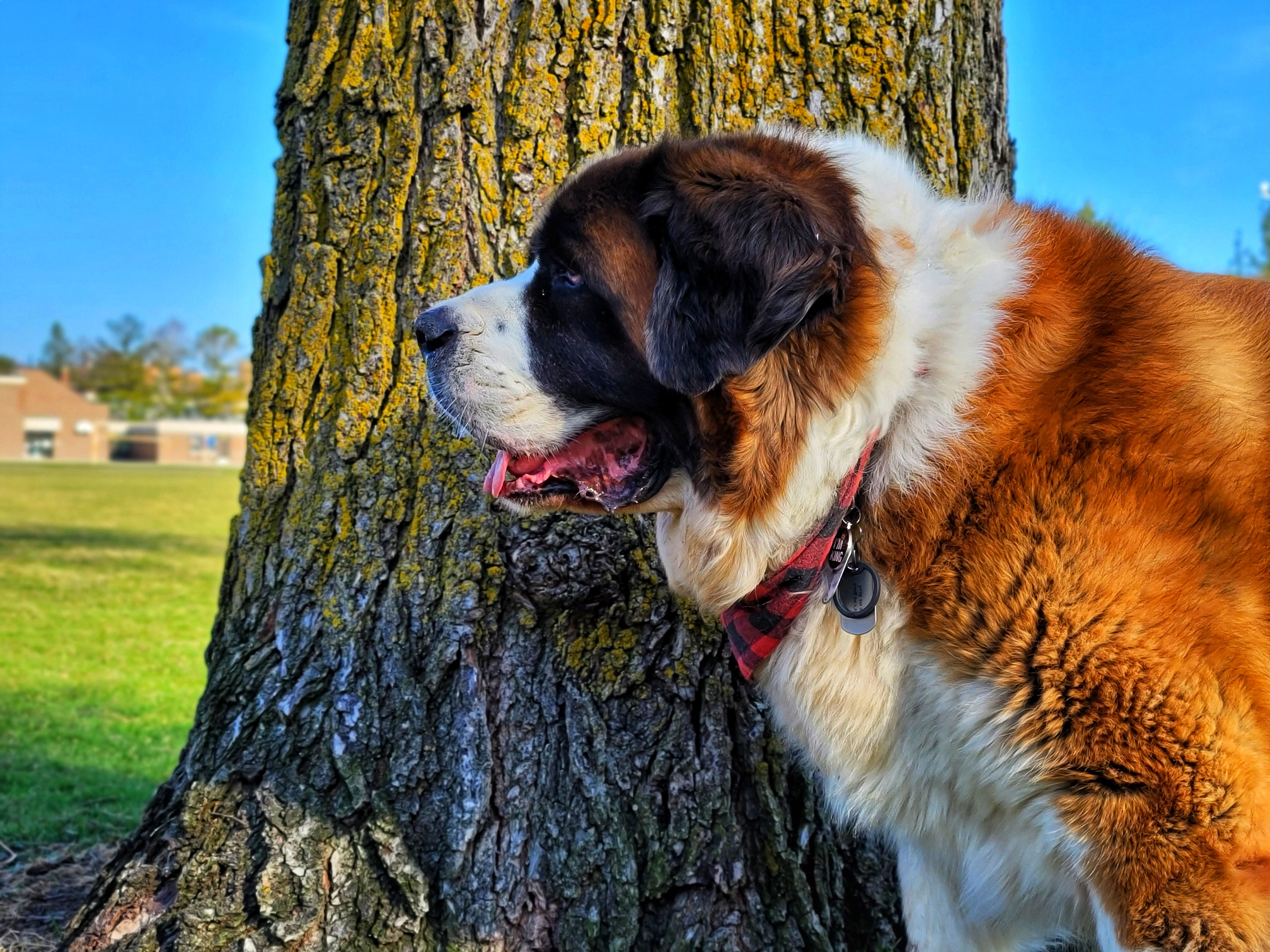
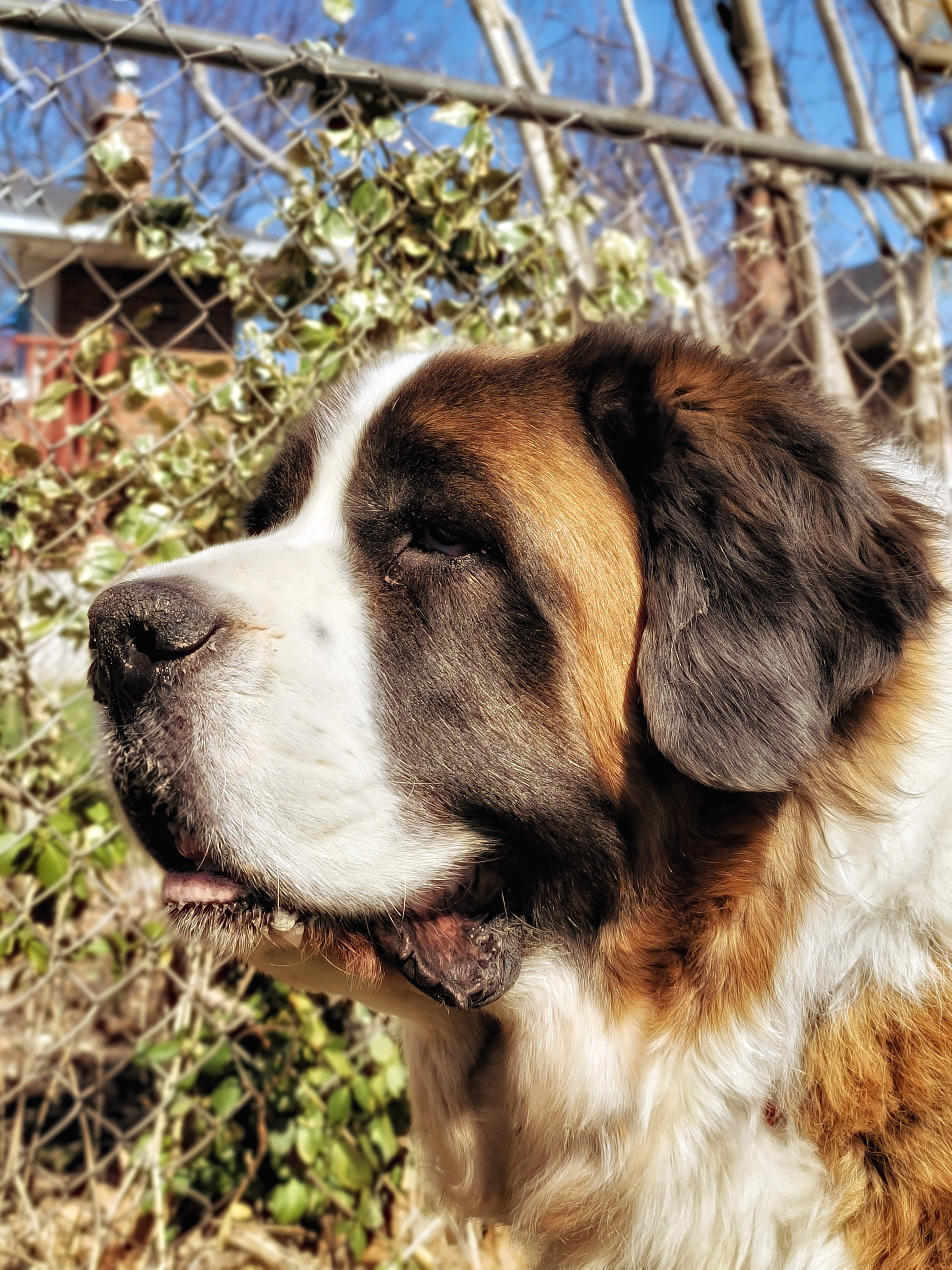
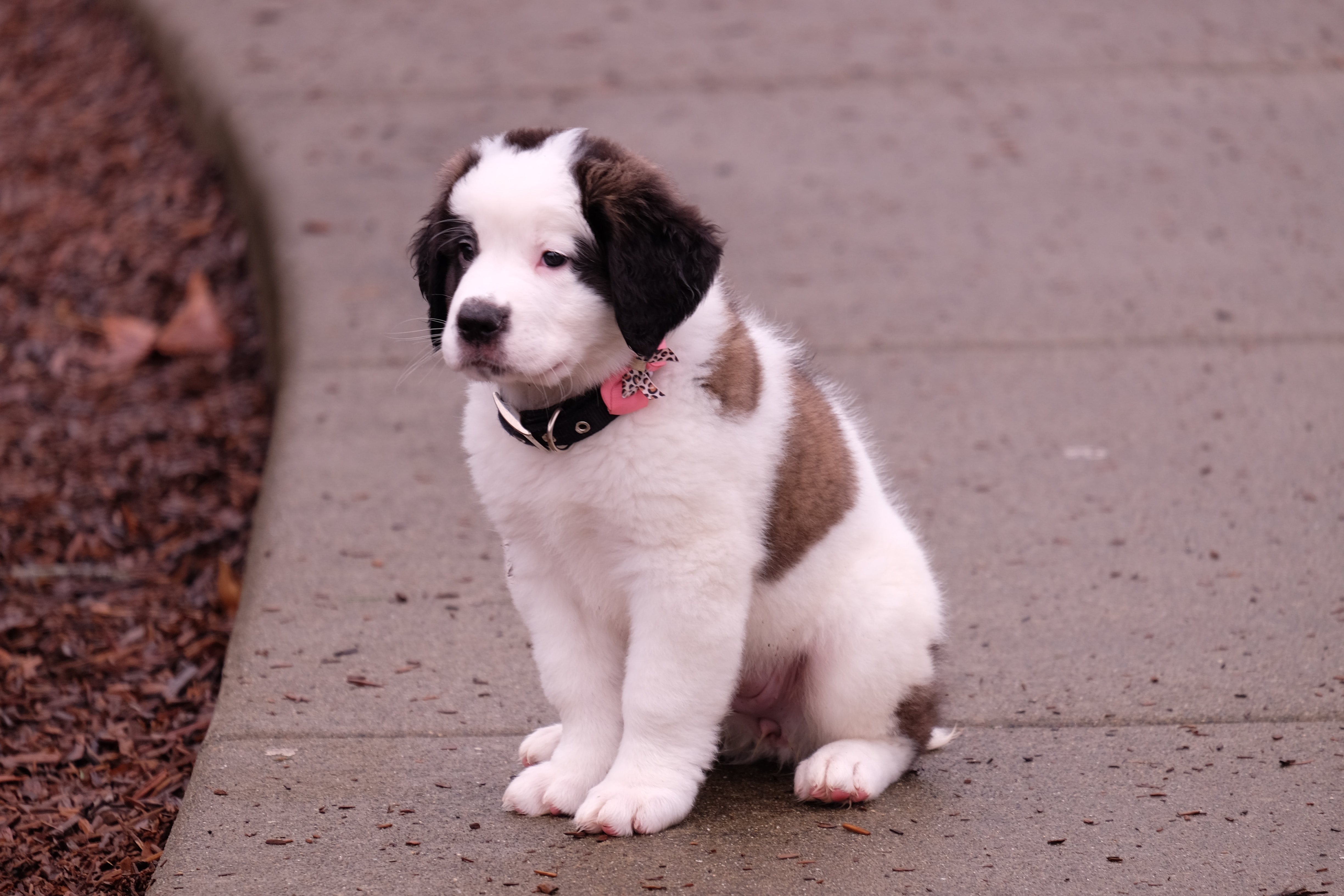
Related Dog Breeds
More Dog Resources
Are you thinking about getting a puppy? Make sure to check out our list of important questions to ask before you adopt a puppy.
We also have many resources to help, from naming your puppy to socialization resources and training tips.
Take me back to the Ultimate Guide to Dog Breeds


